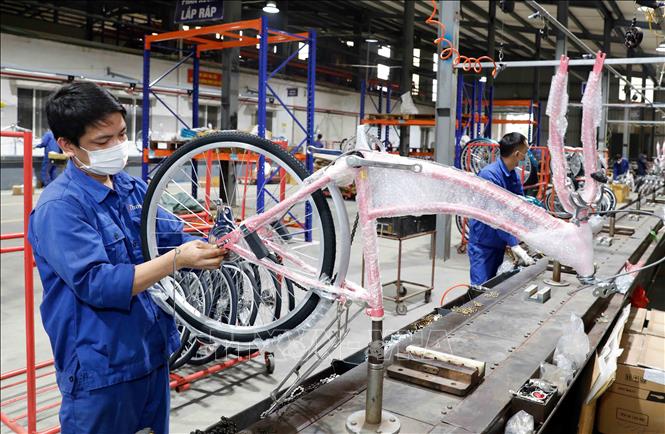
Prioritize Vietnamese products
According to Mr. Do Phuoc Tong, Chairman of the Ho Chi Minh City Association of Mechanical and Electrical Enterprises (HAMEE), as of September 2025, the Vietnamese mechanical and manufacturing industry has shown signs of strong recovery and impressive growth. In particular, the Vietnamese mechanical industry is in a pivotal stage, when the need for technological innovation, automation and digital transformation becomes a must if businesses want to survive and expand internationally.
In particular, the Vietnamese mechanical industry is focusing on three key areas, including: motorbikes and spare parts, tools - household mechanical products and automobiles - auto components, accounting for about 70% of domestic production value. These are also areas with large demand and stable growth in the country.
“For the Vietnamese mechanical industry to truly thrive, we need support from many sides such as associations, governments, international partners and most importantly, the determination to innovate from the businesses themselves. Therefore, one of the important goals of HAMEE is to affirm the value of Vietnamese industrial products, spread the spirit of prioritizing the use of products made by Vietnamese people and gradually win the trust of international customers,” Mr. Tong shared.
Similarly, from the association's perspective, Mr. Nguyen Ba Tong, Vice President and Chief Representative of the Southern Region, Vietnam Association of Supporting Industries (VASI), said that, in addition to the impressive growth records of the mechanical engineering and manufacturing industry, it must also be frankly acknowledged that Vietnam's supporting industry still faces challenges that require efforts from both the industry and businesses.
Typically, the scale of enterprises is mostly small and medium, technology and management capacity are still limited, the ability to meet international standards is not uniform... leading to the localization rate in some industries such as automobiles is still lower than the set target; the rate of enterprises participating in the supply chain of multinational corporations is only about 17%. Therefore, creating platforms and forums for Vietnamese enterprises to access technology, improve production capacity, and connect with domestic and foreign partners is extremely necessary.
Role in the industrial "capital"
In Ho Chi Minh City, the industrial and construction sector continues to play a leading role with the industrial production index (IIP) reaching the highest growth rate in recent years. In addition, a series of positive signals from the beginning of 2025 until now, the City's industrial production is regaining growth momentum and affirming its role as an industrial - service center of the Southern region.
Ms. Cao Thi Phi Van, Deputy Director of the Investment and Trade Promotion Center (ITPC), analyzed that the mechanical engineering and manufacturing industry in Vietnam in particular and Ho Chi Minh City in general plays a particularly important role, because this is the industry that provides machinery, equipment and basic solutions for the entire production chain. In 2025, the mechanical engineering and manufacturing industry will face many opportunities and challenges from global trends such as AI, automation, green transformation and circular economy , etc., so in order to improve competitiveness, the industry needs to quickly innovate technology, increase productivity and quality, and meet the increasingly stringent requirements of global trends.
According to the business community in Ho Chi Minh City, the support from the State and associations in preferential credit policies, support for digital transformation, training of high-quality human resources, as well as building industry and national standards on e-commerce will be a lever to help businesses grow. At the same time, the coordination between the distribution system, technology enterprises, associations and management agencies will form a "brand alliance", ensuring that Vietnamese goods are protected and developed sustainably.
Regarding the issue of meeting the requirements of digital transformation, many Vietnamese enterprises also said that they have established centers to apply AI technology in research and development and logistics to route deliveries as well as marketing. According to a survey report from Synology Company on digital transformation trends in 2025, nearly 90% of enterprises in Southeast Asia have invested in digital transformation, not just as a plan, but as a strategic commitment. However, the challenge is still huge when 85% of enterprises are in the early stages, while more than 55% have been attacked by cyberattacks but only 1/5 believe in the ability to recover from the incident.
Ms. Jola Le, Business Manager in Vietnam of Synology Company pointed out that, with the addition of the new solution portfolio, enterprise customers in Vietnam now have more options to meet their diverse and specialized needs. Resilience to cyber risks is a top priority for IT leaders, determining business continuity and competitiveness of enterprises. In particular, Synology Company's solution portfolio demonstrates its commitment to providing simple, flexible, secure solutions..., helping businesses protect their most important assets and develop sustainably in the digital age.
Ho Chi Minh City, based on the merger, has formed the country's first multi-center megacity, with an area of over 6,772 km², a population of nearly 14 million people, contributing about 25% of GDP, more than 32% of the national budget, accounting for 21% of export turnover and 23.5% of import turnover of the whole country. At the same time, the City owns a synchronous traffic infrastructure, along with 66 industrial parks and export processing zones over 28,000 hectares, many of which apply ecological, green and high-tech models.
On the new development platform, Ho Chi Minh City has oriented the model of “One space – Three regions”: the central area plays the role of the capital of finance, innovation and high-quality services; the Northern area (formerly Binh Duong) develops into a large-scale industrial and high-tech manufacturing center; and the Southeast area (formerly Ba Ria – Vung Tau) becomes a center of marine economy, logistics, energy and high-end tourism. This is a complete regional linkage structure, creating a foundation for the City to improve its competitiveness and become a leading destination in the region to attract international investment capital.
Some experts assess that the City's industrial structure has become more diversified after the administrative reorganization, production poles have been widely distributed and production capacity has been increased. Along with that, the City has implemented a variety of activities to encourage and support industrial enterprises to invest in modern machinery and equipment, apply new technologies, and develop in depth, in order to increase added value and product quality.
The above mentioned policy mechanisms are contributing to improving production capacity, not only meeting domestic demand but also promoting exports to many international markets. In addition, a series of specialized seminars and programs connecting businesses with domestic and foreign buyers are periodically organized by a series of departments and branches of Ho Chi Minh City, contributing to improving competitiveness, as well as promoting sustainable development of the City's industry.
Source: https://baotintuc.vn/kinh-te/tu-dong-hoa-chia-khoa-nang-tam-co-khi-viet-20251003064401693.htm



![[Photo] Students of Binh Minh Primary School enjoy the full moon festival, receiving the joys of childhood](https://vphoto.vietnam.vn/thumb/1200x675/vietnam/resource/IMAGE/2025/10/3/8cf8abef22fe4471be400a818912cb85)
![[Photo] Prime Minister Pham Minh Chinh chairs meeting to deploy overcoming consequences of storm No. 10](https://vphoto.vietnam.vn/thumb/1200x675/vietnam/resource/IMAGE/2025/10/3/544f420dcc844463898fcbef46247d16)



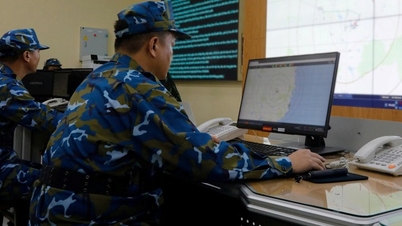










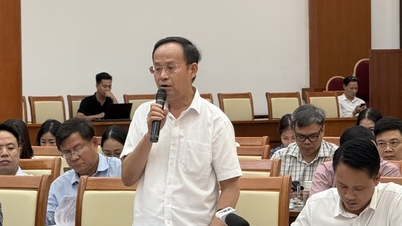


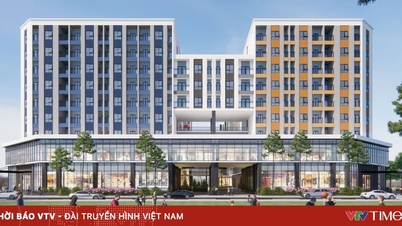

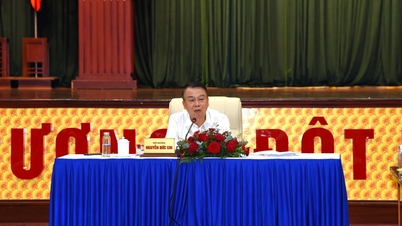
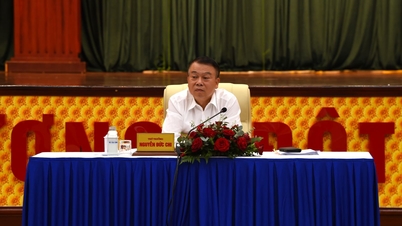





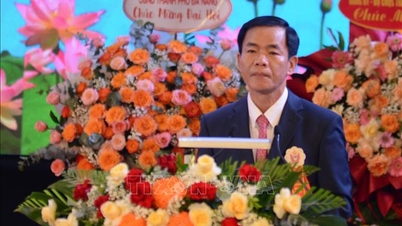


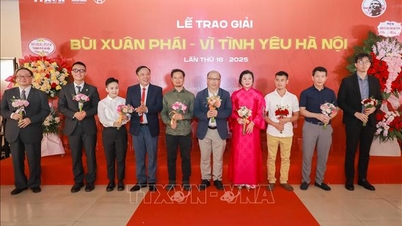
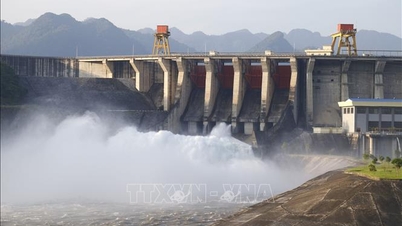


































































Comment (0)